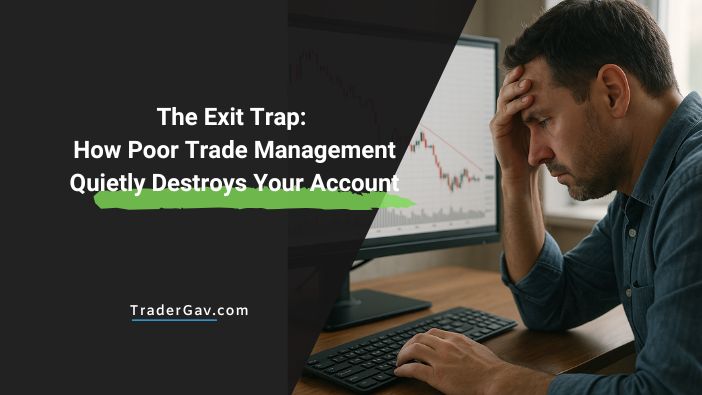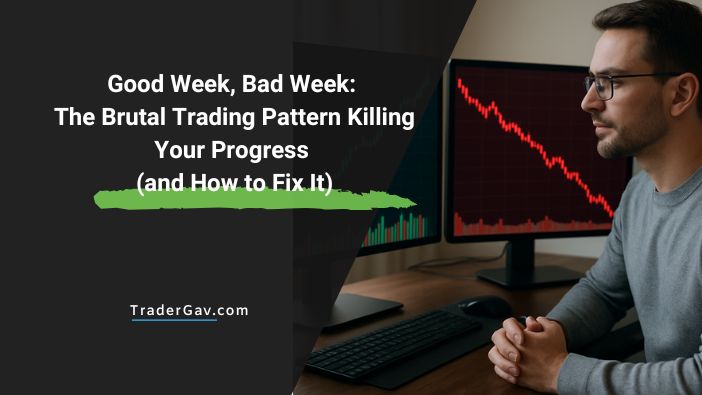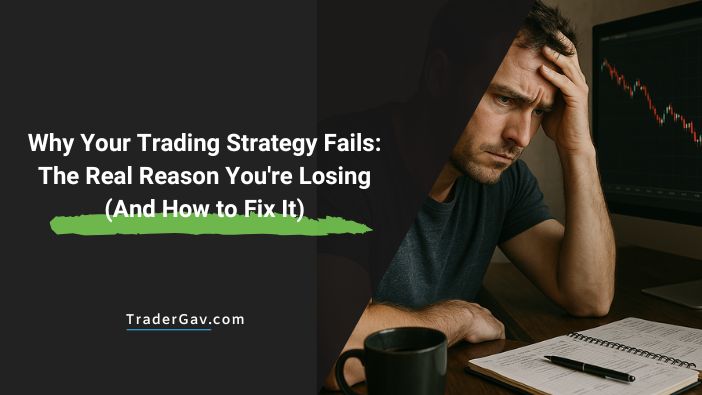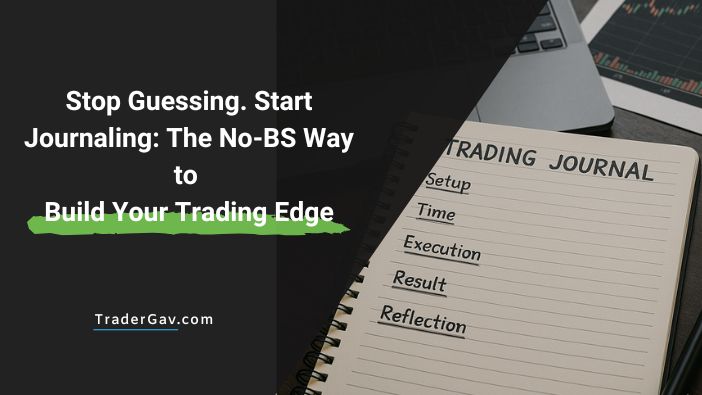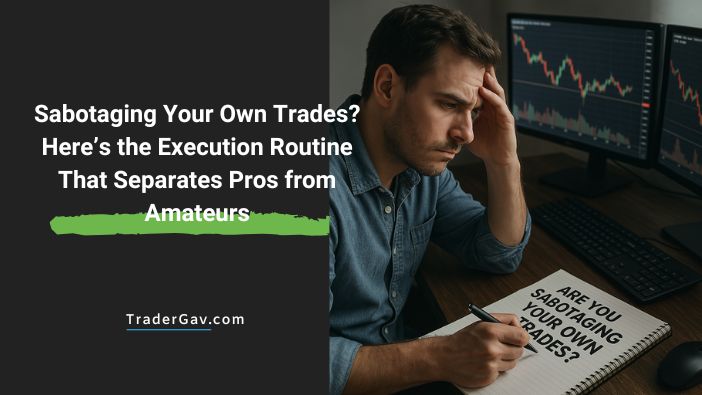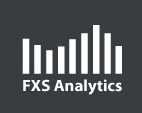The Silent Killer: How Inconsistent Trade Management Bleeds Your Account DryReal talk from the trenches Most traders obsess over entries.New setup? Screenshot it.Clean breakout? Love it.Indicator combo? Let’s backtest it for six months. Cool. But here’s the kicker… It’s not your entries that are killing your account.It’s your exits. The wildly inconsistent ones. The Setup […]
Back to Basic
Good Week, Bad Week: The Brutal Trading Pattern Killing Your Progress (and How to Fix It)
You know the pattern: ✅ Week 1 — You’re locked in. Patient. Picking clean setups. You finish green and think, “Finally, I’m leveling up.”❌ Week 2 — You’re trigger-happy. Chasing moves. Breaking rules you swore you wouldn’t. By Friday, you’re back where you started, or worse. Sound familiar?You’re not alone. It’s one of the most […]
Why Your Trading Strategy Fails: The Real Reason You’re Losing (And How to Fix It)
I remember sitting at my desk, coffee gone cold, charts looking like abstract art.I had the strategy. The setup. The conviction. And yet—another losing trade. You know that moment?You stare at your screen like it personally betrayed you.You think, “This system should work. What the hell’s going on?” Let me cut through the noise. It’s […]
Stop Guessing. Start Journaling: The No-BS Way to Build Your Trading Edge
It’s 3:17 PM. You just closed another loss. You stare at your chart like it personally betrayed you.“Was that a bad setup? Did I rush it? Was it just bad luck?” You shrug, chalk it up to randomness, and move on.Big mistake. Because right there, in that shrug, is the reason most traders never level […]
Sabotaging Your Own Trades? Here’s the Execution Routine That Separates Pros from Amateurs
This one hurts to admit. A few months back, I had a clean setup. NY low taken. Liquidity grabbed. Price snapped back. Textbook. But I hesitated.Second-guessed myself.Chased it 10 seconds later… and got rinsed. Not because the setup was wrong.Because I messed up the execution. You ever done that?Fumbled a high-probability setup, then sat there […]
Why Chasing One Big Trade Is Killing Your Trading Career (Do This Instead)
The Myth of the ‘One Big Trade’ — Why Consistency Beats Luck Every Time Let’s kill the fantasy and build something real. The Night I Thought I Made It I remember the trade. USDJPY. Asian session.Price swept a previous high, paused, then snapped back like it got electrocuted.I went in hard. No hesitation. No second-guessing.That […]
